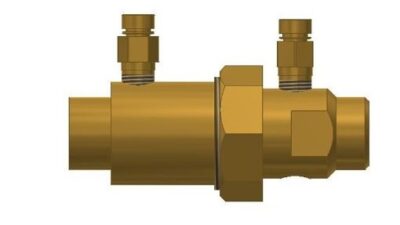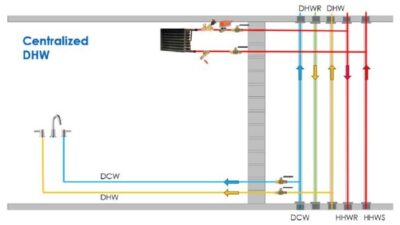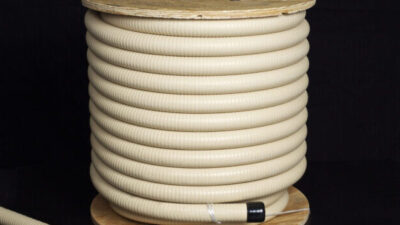Punching in these words, I'm recovering from a pummeling. My beloved Bears, for the tenth consecutive time, were defeated at home by the hated Green Bay Packers. As if this weren't punishment enough, the game was broadcast nationally on Monday Night Football, exposing a pair of civic embarrassments—the misfits who masquerade as a professional football team and the "new" Soldier Field.
Punching in these words, I’m recovering from a pummeling. My beloved Bears, for the tenth consecutive time, were defeated at home by the hated Green Bay Packers. As if this weren’t punishment enough, the game was broadcast nationally on Monday Night Football, exposing a pair of civic embarrassments—the misfits who masquerade as a professional football team and the “new” Soldier Field. I bring this painful incident up because this edition of CSE focuses on professional football and baseball stadiums, including the major reconstructions of the Bear’s home and Lambeau Field in Green Bay. It’s my unfortunate duty to report that the Pack not only won the competition on field of play itself, but also around it. Featured on the cover, the Lambeau renovation manages to add a lot of what’s good about new stadium design: bigger concourses, more amenities—more bathrooms—and an atrium-filled addition (brick at that) that complements the original structure. The tale of Soldier Field, on the other hand, with its once dominating colonnades that embodied strength and tradition, could appropriately be entitled Jason and the Argonauts meets Close Encounters of the Third Kind.
Don’t get me wrong. The Soldier Field design team should be lauded for achieving its real mission of bringing in a suite of wonderful new amenities, better bathroom facilities, and more importantly, better sightlines, to an old facility never intended for modern sports. Unfortunately, the rest of us non-ticket holding customers must suffer the collateral damage as we pass along Lake Shore Drive or visit the Beaux-Arts-inspired museum campus. I only hope the Rose Bowl people in Pasadena are taking notes …
On a more upbeat note, we celebrate the first birthday of Gillette Stadium, home of the New England Patriots. But I wish to highlight the project for reasons other than architecture. As our cover story attests, plumbing, particularly for restrooms, is a huge part of stadium projects, and the design team in Foxboro, Mass., was certainly able to execute that plan. But it also scored big on a second theme running through this issue—sustainable design—by implementing a gray water system within the stadium.
This is notable in that the topic dovetails with another anniversary—the convocation of the second U.S. Green Building Council conference and exhibition in Pittsburgh in November, which will take place in the new David L. Lawrence Convention Center—the nation’s first LEED-certified facility of this type. I’m very much looking forward to touring the facility. In fact, I’m happy to announce that one of my tasks at the conference will be to meet with the building team to begin discussions on what will be the subject of next year’s Project Journal . Hopefully, each installment will help readers better understand LEED and its impact on project design. This brings me full circle to this issue and our special report, which addresses a dilemma I think many of our readers face: What exactly is a green product? Turn to p. 52 and find out.



